Gochujang-glazed ribs
My friend was shaking his head. “You put cilantro on your ribs?” he said. I replied that I had. “Why would you do that? Koreans hate cilantro!” I explained that I believed the herb worked well with the other ingredients, but he laughed and said that I’d gotten it all wrong. Perhaps, though a bit of experimentation is natural when introduced to a new ingredient.
To back up a bit, a few weeks earlier this same friend had asked if I had any recipes that used gochujang, a Korean red chile paste. I admitted I had not. While it’s no secret that I love hot peppers, for some reason it had slipped by me. He assured me I would love it, and that some even said it was the new sriracaha, so I decided it was time to investigate.
I went to the store and strangely enough, there were quite a few gochujang-enhanced items, such as ketchup, marinades, and hot sauces. It appeared to be a popular flavor. Though what I was looking for was the paste, which is typically made with hot red peppers that have been fermented, along with a dash of sweet syrup, soy sauce, and rice flour.
Finally, I found a jar and I brought it home. After taking off the lid and dipping my finger into it, I tasted an earthy blend of chiles mixed with sweet and sour notes, which had a slow burn that wasn’t too fiery. I was excited to start using it.
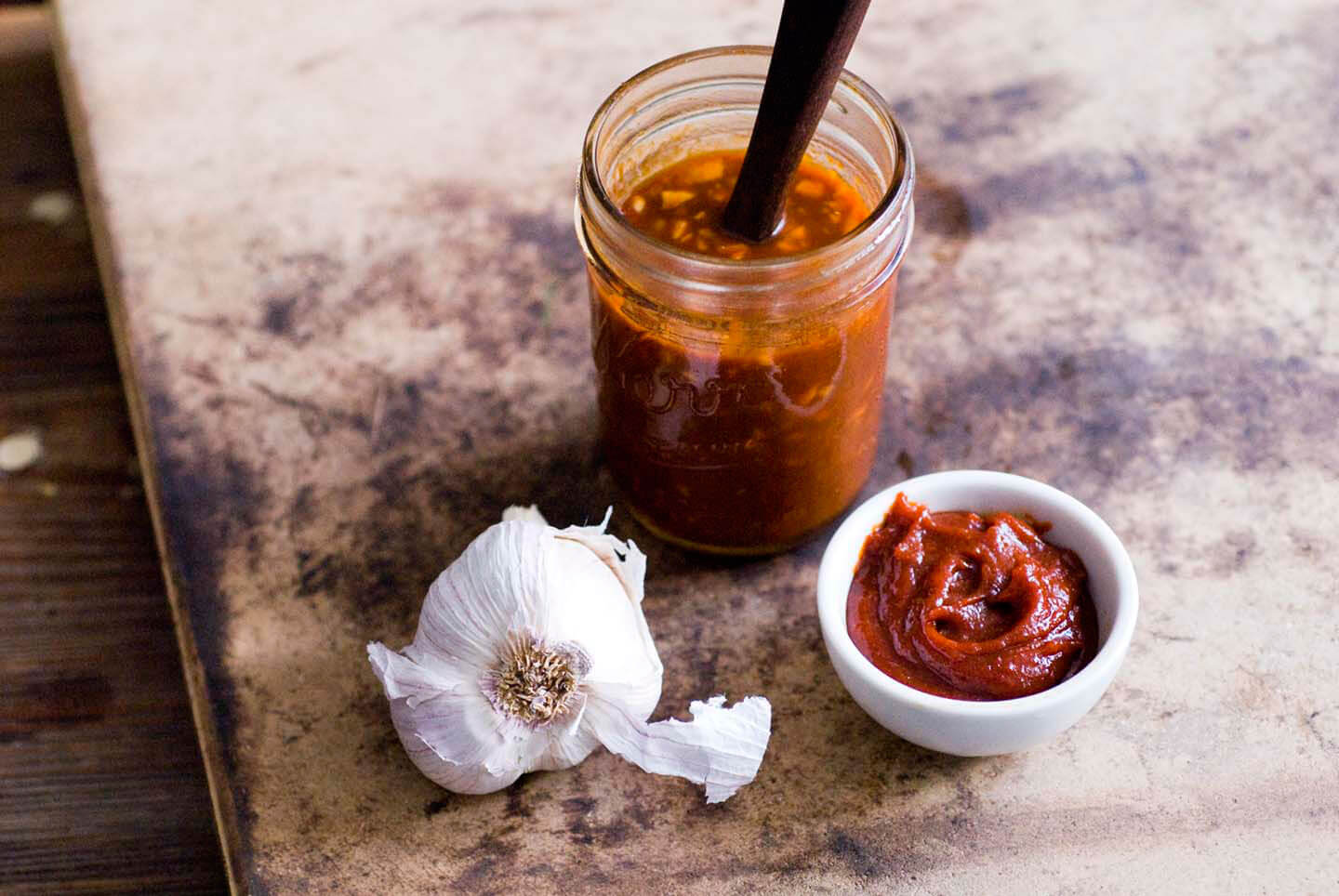
As I was looking up things to prepare with it, I noticed that it’s become a popular finishing glaze in Texas for smoked and grilled meats. I read about one barbecue pop-up, Blood Brothers in Houston, which uses it on its beef belly. Another Houston spot, The Hay Merchant, shellacs it onto chicken wings. Those certainly sounded delicious, but since ribs were on sale and I had a couple of racks already in my fridge, I decided to try it on those.
To make a sauce with gochujang, you typically blend it with soy sauce, oil, some sweetener, and something acidic. For mine, I stirred a few heaping spoonfuls of the paste with orange juice, apple cider vinegar, soy sauce, sesame oil, minced garlic, and ginger. The flavor was sharp and tangy, with a dash of nuttiness from the oil and a hint of sweetness from the juice.
To prepare the ribs, I seasoned them with salt and pepper and then slathered half the sauce on them before letting them rest a few hours. Then I baked them slowly in the oven, wrapped in foil, until tender. To finish, I cranked up the heat, generously spread the glaze on both sides, then cooked the ribs until the remaining glaze was crackling and beginning to darken. While I used my oven, the ribs could have easily been finished on a grill, too.
After I pulled the gleaming ribs from the oven and let them cool for a spell, I cut into the rack and then took a bite. There was an initial blast of heat and garlic, but that soon mellowed into an appealing sweet and tangy sensation that kept me wanting more. I polished off half a rack with ease.
Traditionally, these Korean-inspired gochujang-glazed ribs are served garnished with sesame seeds and scallions. I followed suit, and the contrast of the seeds and onions with the spicy, garlicky ribs was refreshingly welcome. Though, in the true spirit of being headstrong and doing whatever I want, on one batch I did garnish the ribs with cilantro and drenched them in lime juice, and while these choices were inauthentic they were no less delicious, despite my friend’s protests.
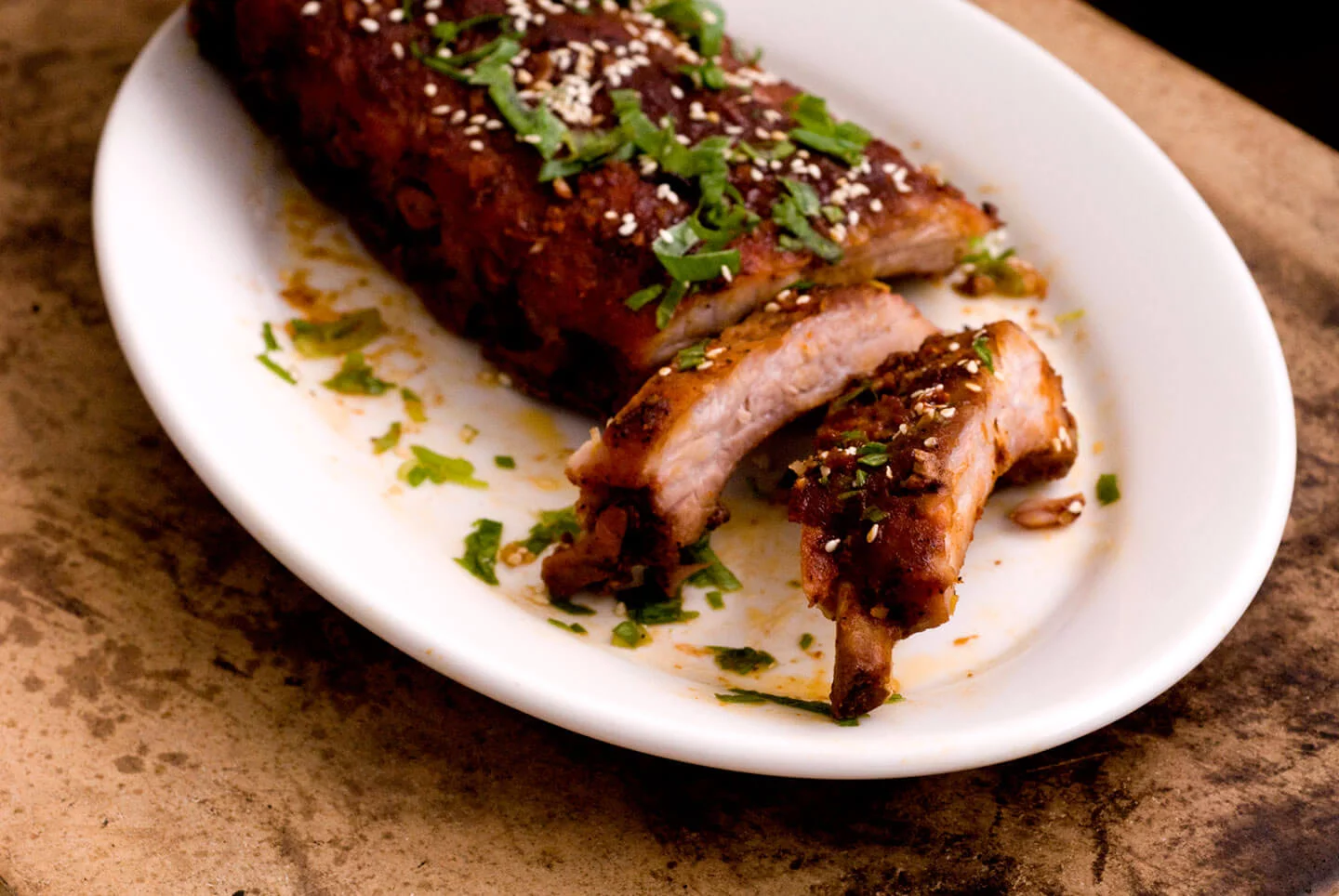
Indeed, Texan cuisine is an ever-evolving form, and as people move to the state, they will blend elements from their culture with what is found in their new home. So, for instance, with the rise in Koreans living in Texas, the use of spicy gochujang is a natural fit with the state’s big bold flavors. If you haven’t tried it yet, I recommend it highly. Though I’ll leave the choice to add cilantro up to you.
Gochujang-glazed ribs
Ingredients
For the gochujang sauce:
- ¼ cup gochujang paste
- ¼ cup soy sauce
- ¼ cup orange juice
- 2 tablespoons apple cider vinegar
- 2 tablespoons sesame oil
- 8 cloves garlic, minced
- 2 tablespoons brown sugar
- ½ teaspoon ground ginger
- Salt
For the ribs:
- 2 2-pound racks baby back ribs
- 1 tablespoon kosher salt
- ½ tablespoon black pepper
- 4 scallions, thinly sliced, for garnishing
- 2 tablespoons sesame seeds, for garnishing
Instructions
- To make the sauce, stir together the gochujang paste, soy sauce, orange juice, apple cider vinegar, sesame oil, garlic, brown sugar, and ginger until well blended. Taste and add salt if needed.
- For the ribs, salt and pepper each rack on both sides. Line two sheet pans with foil, then lay out 2 (2-feet) pieces of foil and place this foil on top of the sheet pans. Place each rack on the foil, starting with the meat-side down.
- Take half the sauce and then evenly spread the sauce on the racks on both sides, reserving the remaining sauce for the final glazing. With the meat-side up, wrap the ribs with the foil leaving the seam on top, then refrigerate for 4 to 8 hours.
- To prepare the ribs, preheat the oven to 300°F and remove the ribs and their sheet pans from the refrigerator. Once the oven has heated, slide the ribs into the oven and cook covered for 1 hour and 40 minutes.
- After this time, remove the ribs from the oven and gently open the foil and pull it back to expose the meat. The meat should be tender but if you desire it to be more so, return the ribs to the oven and continue to cook until they’re how you prefer.
- Once tender, remove the ribs and turn the heat up to 450°F. Gently open the foil and pull it back to expose the meat. With tongs, flip the ribs and spread a couple of tablespoons of the remaining sauce on the bony side. Flip the ribs back over and evenly coat the meaty side with the rest of the sauce. Slide the ribs back into the oven and cook uncovered for 12-15 minutes or until the sauce is beginning to blacken.
- Remove the ribs from the oven and allow to rest for 15 minutes before slicing. Garnish with sliced scallions and sesame seeds before serving.

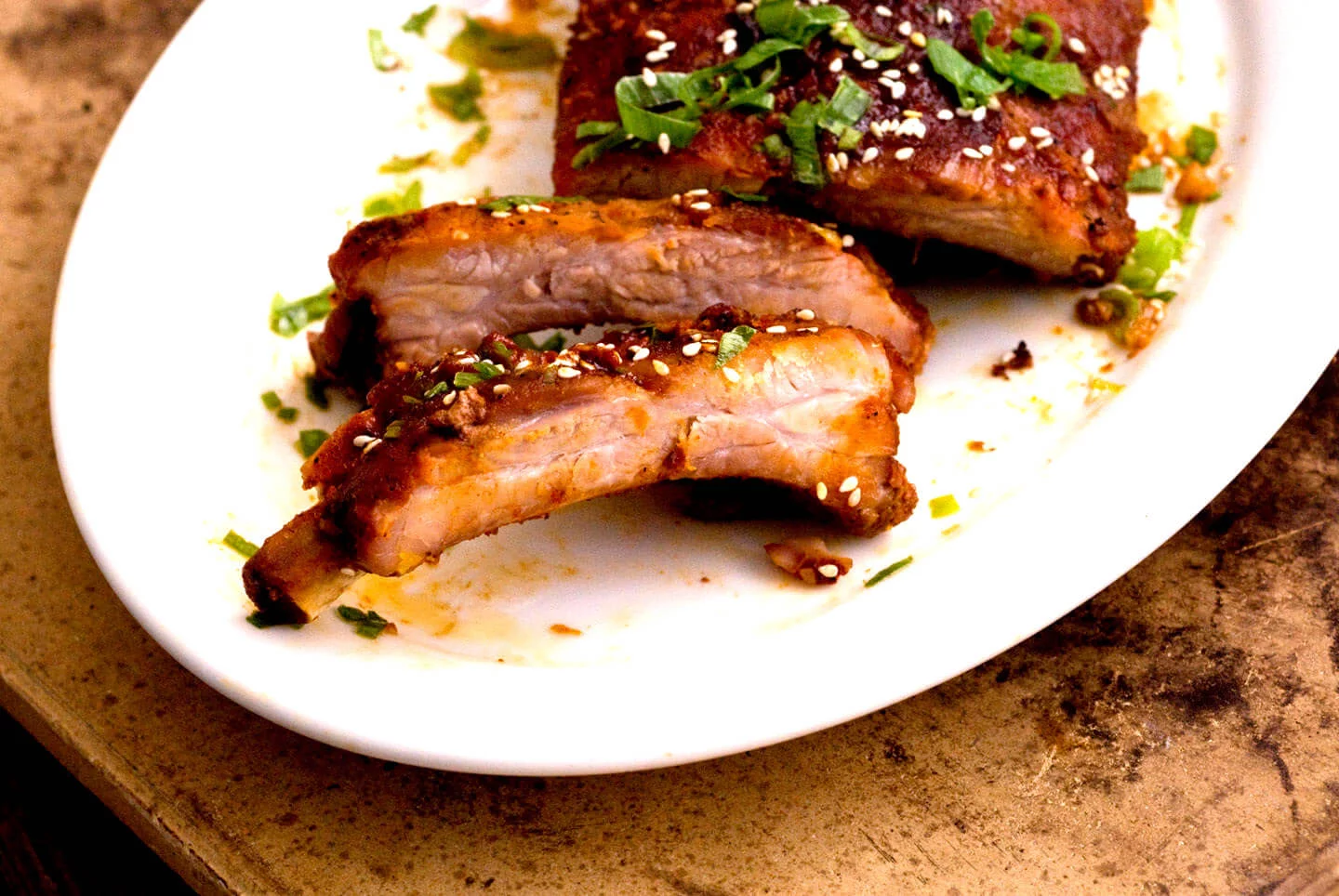

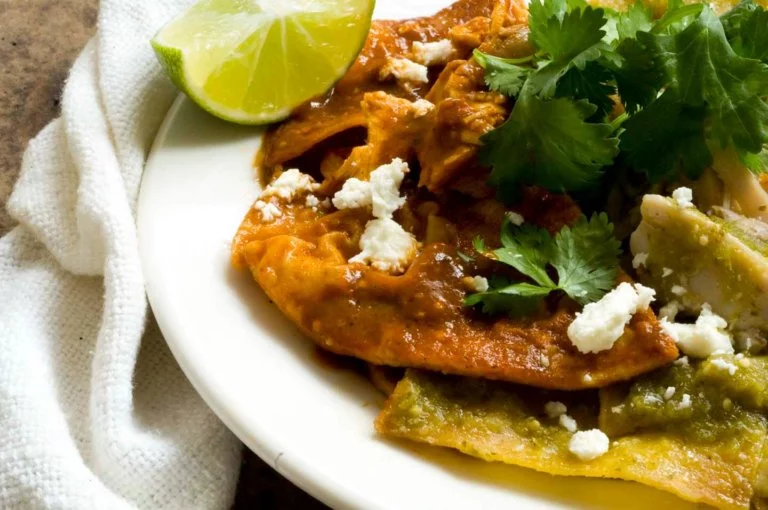
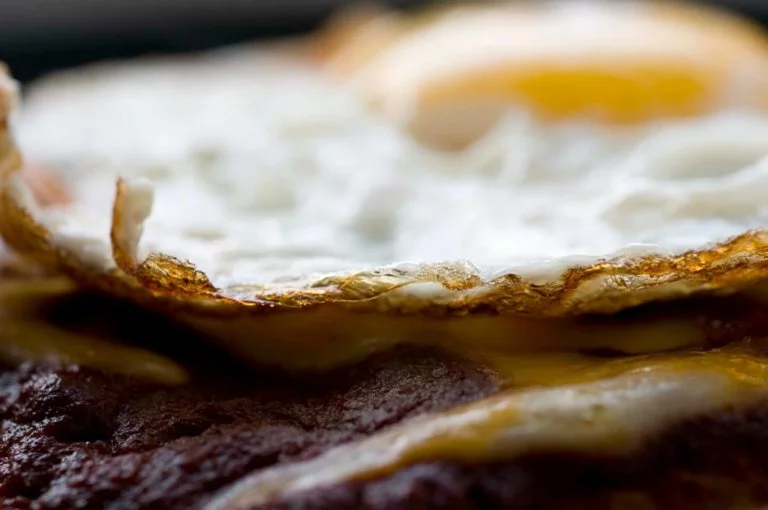
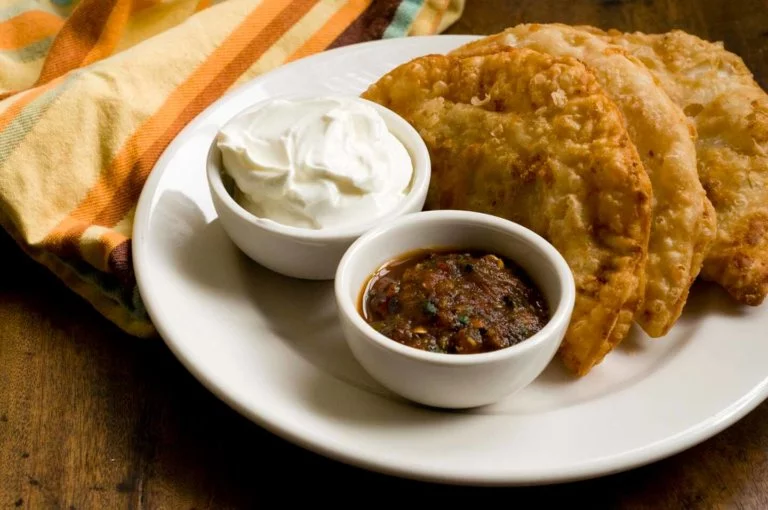
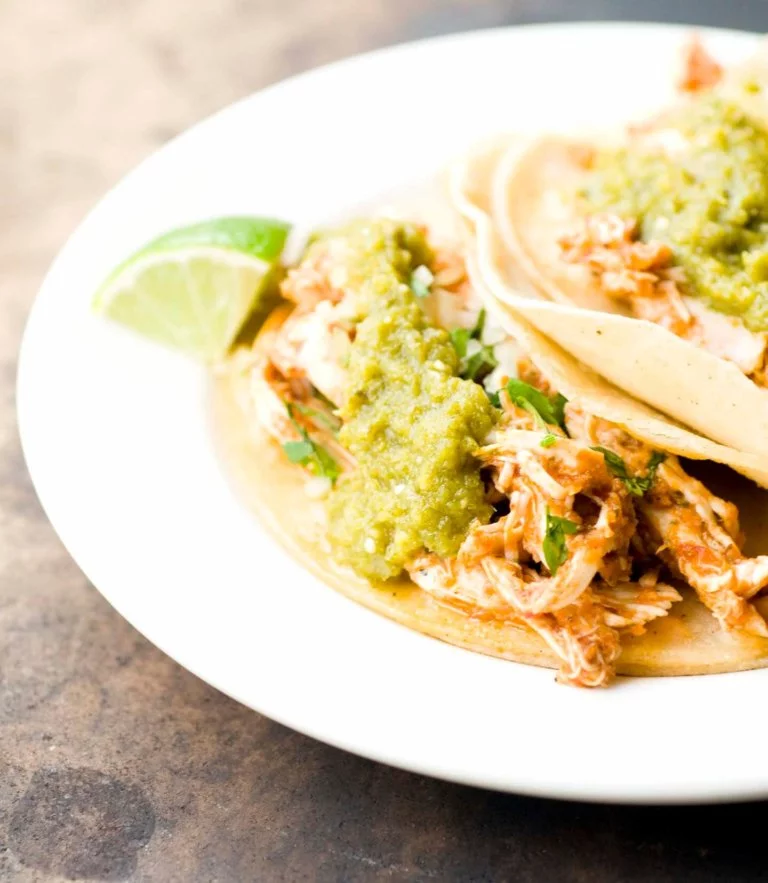
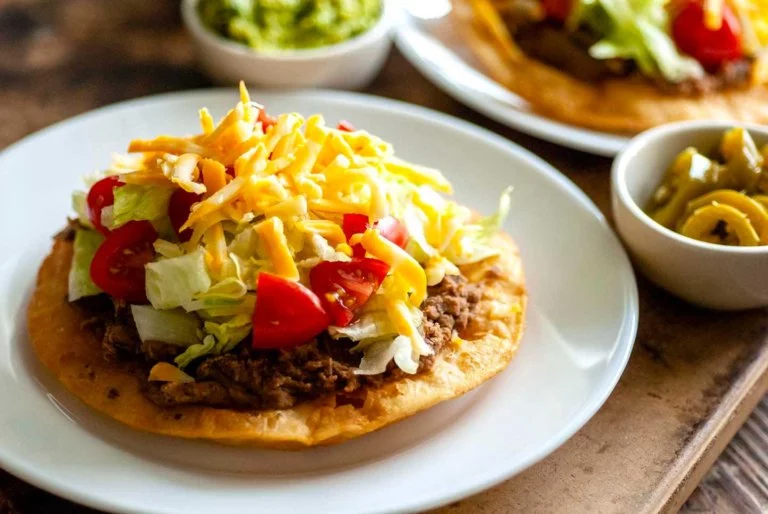
Can I use beef ribs as a substitute for pork or will the meat not go well with the Asian sauce? Thank you.
Ann–Beef will go well with the sauce!
I love gochujang, and these ribs look amazing! I’ll have to pass on the cilantro, though. It tastes like soap.
Nicole–It will be just as good without the cilantro!
Delicious! I used beef ribs. I added a little honey to the sauce to mellow it out a bit for the kids. Thank you!
Nicole—love the idea to use beef ribs!
Hey, Lisa – thoughts on making these a day in advance and finishing the cooking the second day?
Seth–I’ve never done that but it should work.
These ribs were absolutely delicious. I used pear nectar instead of the oj, as so many Korean dishes seem to use pears. I cooked the ribs in the oven as specified and they were perfect. I do use a pressure cooker frequently, but I think this recipe is definitely an oven dish.
Someone complained about cilantro. I didn’t see any in the recipe, but use it for a garnish much of the time. Nearly 50 years ago when I first started using it in Chinese recipes, it tasted like soap to me, too. I believe that is a genetic thing–but there is hope–I kept on using it, and have loved it for years in nearly all Asian cuisines and Mexican recipes.
Janet–I’m glad you enjoyed the ribs! I’ll have to try it with pear nectar next time as that sounds like a fine idea.